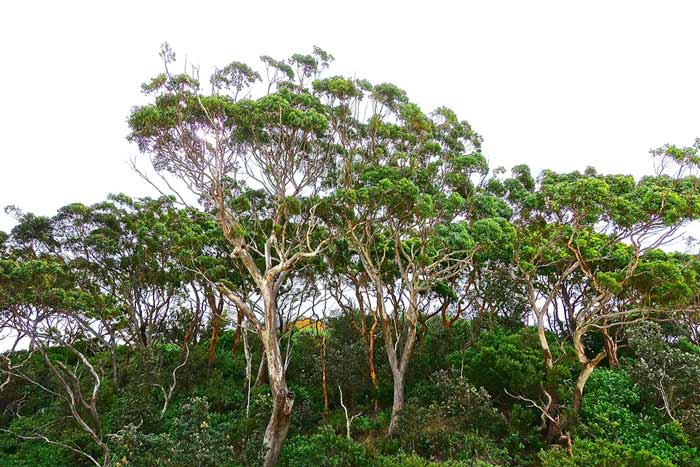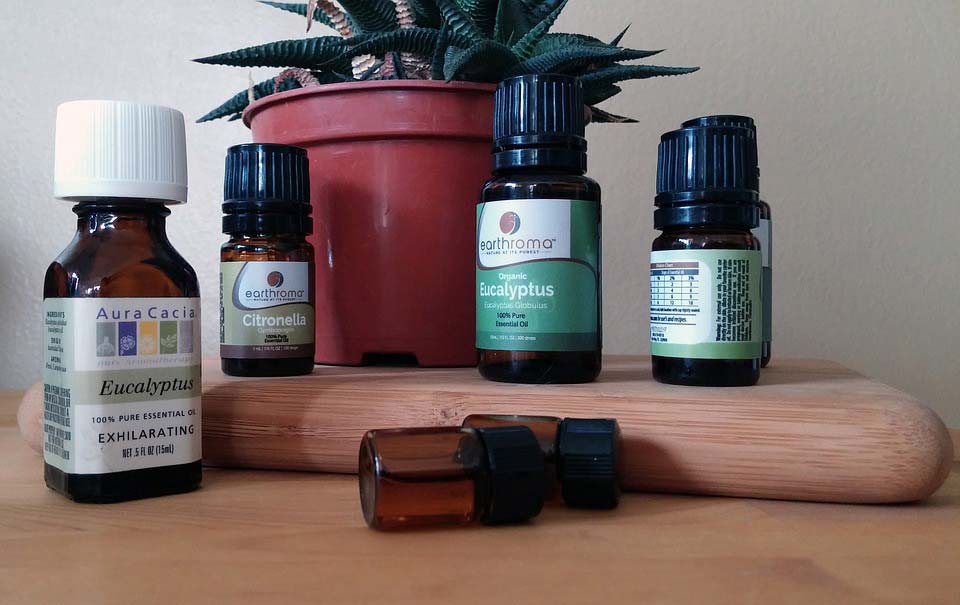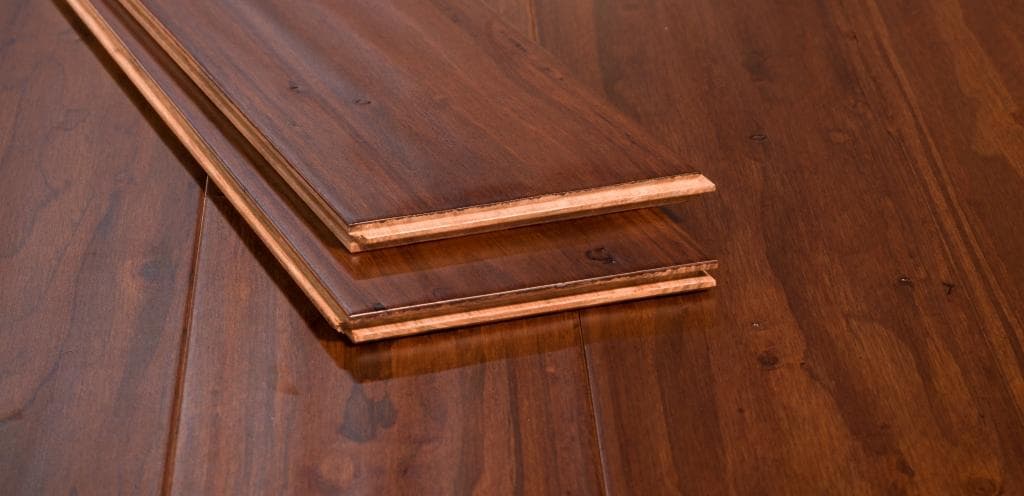
From durable flooring and ornate bowls to cleaning products and even Aboriginal didgeridoos, the eucalyptus tree is used in interesting ways around the world. Native to Australia but grown around the world in places such as the US, China, and Africa, the eucalyptus tree includes one of the world’s tallest flowering plants in its genus, the Eucalyptus regnans. Perhaps to make more people aware of the benefits of eucalyptus and to provide some information about this remarkable tree, we should first take a look at its origins and see when it was first discovered.
Eucalyptus Origins
Although eucalyptus may have been seen by early settlers in Australia, it wasn’t added to any known botanical collections until 1770 when Joseph Banks and Daniel Solander categorized them. The eucalyptus specimens they collected near the Endeavour River in Far North Queensland, Australia went unnamed until many years later when they were taken to the British Museum in London.
E. obliqua became a commonly known species throughout the scientific community in 1788 and by the turn of the 19th century, several more species were identified, named, and published.
The Uses for Eucalyptus
There are countless uses for Eucalyptus and it can be found in almost every industry in the world. From products including paper and wood flooring to acting as anti-erosion tools, eucalyptus plants have many important uses. Eucalyptus plants are an economically important crop for many poor areas of the world including Timbuktu, Africa, and the Peruvian Andes.
Some more common uses for eucalyptus include:
- Pulpwood. eucalyptus is used in the manufacture of a wide range of paper products.
- Eucalyptus oil. Eucalyptus oil is used as an effective cleaning solvent, decongestant, and antiseptic.
- Musical instruments. The wood from Eucalyptus trees is used to make didgeridoos, an Aboriginal wind instrument.
- Flooring- Eucalyptus flooring is strong, beautiful, and affordable and a good all-around flooring choice for homeowners throughout the country.


Sustainable Farming of Eucalyptus
With the importance of sustainable crops becoming more necessary, eucalyptus is becoming one of the most popular pulpwood crops in many countries all over the world. Eucalyptus roots grow deep, and the plant offers a fast regrowth rate that enables farmers to harvest crops early and save time when replenishing the crops by not having to plant new trees.
Eucalyptus Appearance
Eucalyptus heartwood is red to reddish-brown but eventually darkens as it seasons. The grain of the eucalyptus tree is interlocked, with sometimes ripply patterns and it has a medium to coarse texture. Cut eucalyptus wood will stay strong and dense for a long time with logs found lying in wet forests for 20 years without any heartwood decay. Eucalyptus wood flooring accepts a wide range of stains and polishes and holds a beautiful glow for many years.
Fast Regrowth Rate
The eucalyptus tree is fast-growing and ready to harvest in just 3 years. It can grow to 14 inches in diameter and 120 feet tall in that period making it an eco-friendly choice for any homeowner looking for a renewable, strong, and beautiful flooring material.
How Eucalyptus Flooring is Made
At Ambient we manufacture our own from lumber we purchase from our exclusive network of growers. Our eucalyptus wood flooring is made using the highest quality eucalyptus in our specially designed manufacturing facilities to ensure our customers receive top-quality flooring that will turn their home into a showplace.
We offer strand woven eucalyptus flooring which is three times harder than traditional hardwood eucalyptus flooring and it costs less to manufacture making it affordable for homeowners. What makes strand woven eucalyptus flooring so durable? It is created using an innovative process that combines high pressure and high heat to press together strips of eucalyptus. This creates very strong, high-density planks that are beautiful to look at, easy to care for, and strong enough for any room in the house.
Eucalyptus flooring is becoming one of the most popular eco-friendly choices for home and industrial flooring. With its fast growth rate, high-density construction, and natural beauty, eucalyptus wood flooring might one day become the number one selling flooring material around the world.
When it comes to cost and ease of installation, strand woven eucalyptus flooring is like bamboo with prices being slightly less. Both are good, eco-friendly flooring options and the choice often comes down to personal preference and budget.
If you enjoyed this article, please feel free to share it on your favorite social media sites.
Last update of the article: 11/19/2020.

About the Author
Jen is your go-to guru for crafting a cozy, green cocoon. 🪴 Her dive into sustainable building wasn’t just about saving the planet—it started as a mission to make family movie nights eco-friendly (and to ensure the popcorn was the only thing getting heated!). With a knack for breaking down the jargon, Jen turns eco-lingo into everyday language. Swing by the Green Living blog for a mix of earth-loving advice and home improvement hacks. Whether you’re just dipping your toes into green waters or you’ve been swimming in the deep end of DIY projects, Jen’s here to guide, giggle, and remind you that every eco-choice is a step towards a planet that thanks you… and maybe even sends a rainbow your way! 🌈

